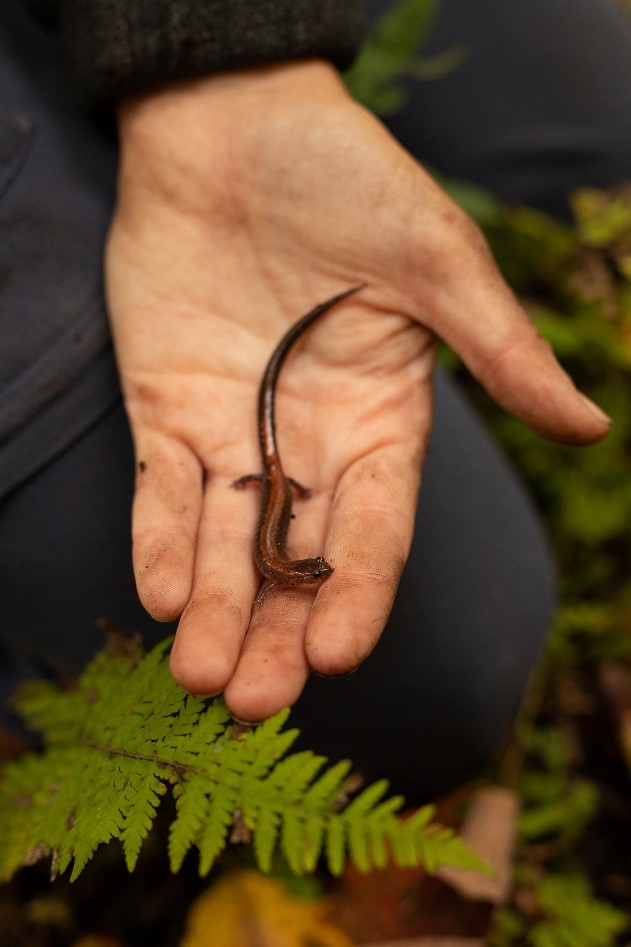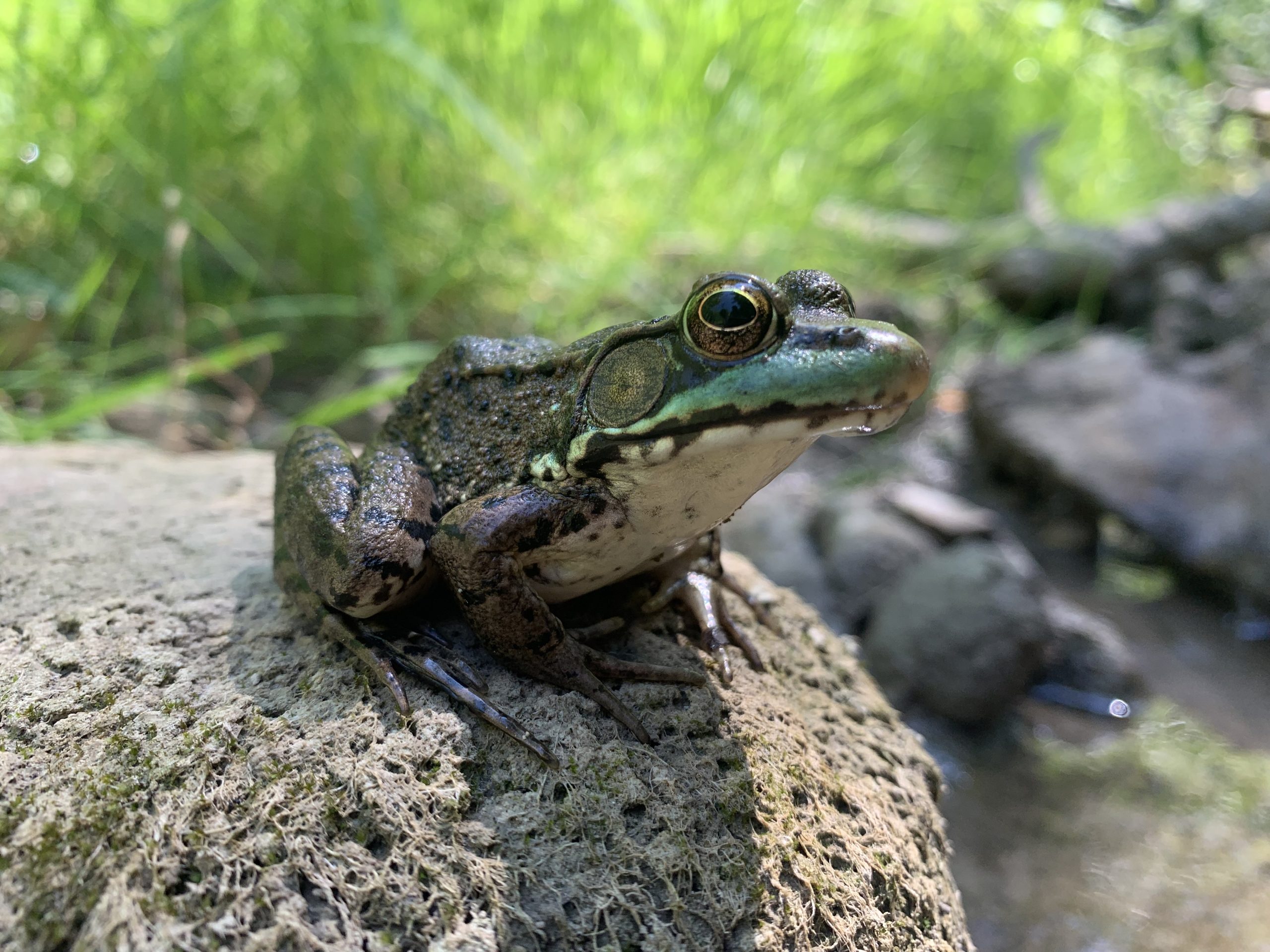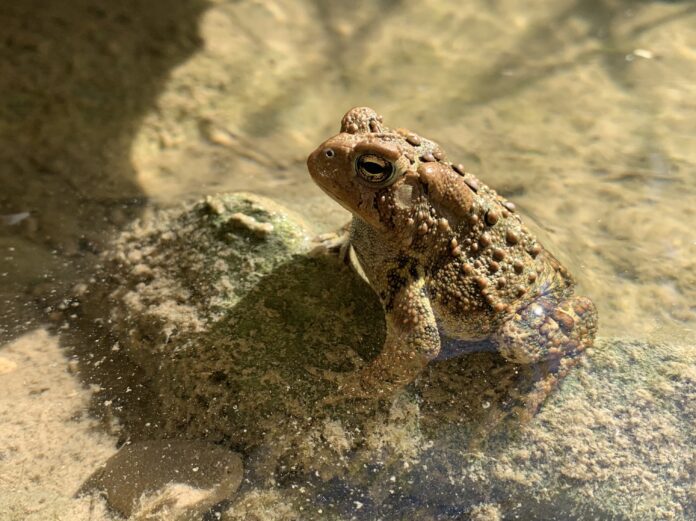Amphibians
Amphibians of Huron County
Huron County is home to a number of amphibians including 8 frog species and 4 salamander species. Amphibians were the first vertebrates to colonize land and their name is derived from the Greek word for “both kinds of life” in reference to their aquatic and terrestrial existence. As a result of this lifestyle, amphibians are a major mode of transport between water and land and play a key role in many food webs as both predator and prey.
"Herping" is the name for looking for reptiles and amphibians, because these animals are also called "herpetofauna". If you want to see your local amphibians they are relatively predictable and therefore easy to find. They typically wait for wetter days to make major movements and on warm, dry days they will spend most of their time close to the water and under objects that keep them cool.


Threats to Amphibians
Amphibians face a number of different threats including diseases like Ranavirus and Chytridiomycosis, road mortality, and human harvesting for food and education (ex. frog dissections). However, habitat loss is 4x more detrimental than any other threat. Amphibians have permeable skin that makes them extremely vulnerable to minor changes in water quality and microclimate. As a result of this, there is a heavy decline in populations when water is polluted or when forest cover decreases. Amphibians are also at risk of drying up if they spend too much time away from water, so they rely heavily on the Huron County wetlands, which have decreased to ¼ their original land cover from pre-European settlement times. Amphibians - who have survived the past four mass extinctions - are in more danger now than they ever have been.
What can you do
You can report all sightings of reptiles and amphibians to the 'Herps of Ontario' in order to advance research in the local populations. Additionally there are changes you can make to your yard so it is more amphibian friendly, like adding a pond or objects that provide shaded areas. Finally if you are going to go looking for amphibians (herping) make sure you are replacing all cover objects to the original position and keeping the handling to a minimum. Since these animals absorb everything through their skin, do not touch unless your hands are clean and you’re not wearing bug spray or sunscreen.

